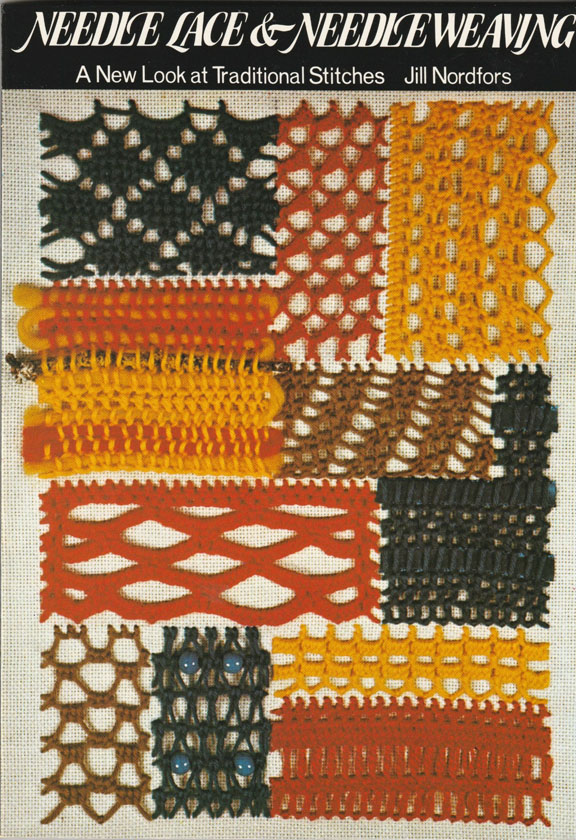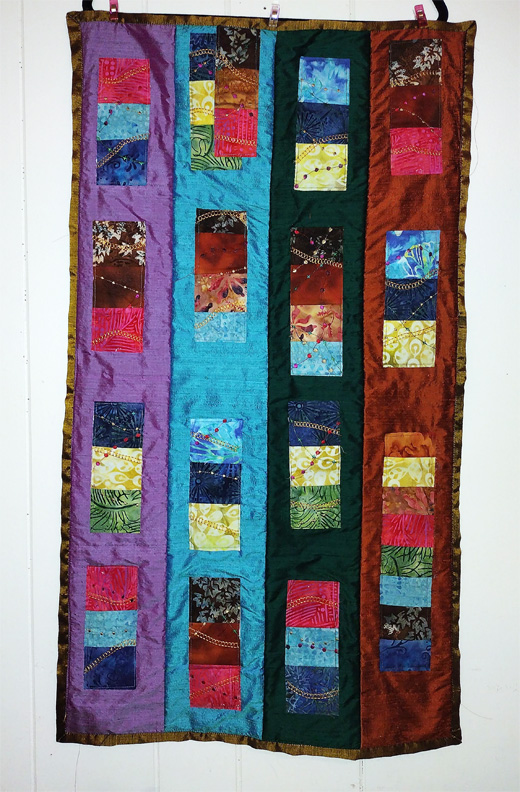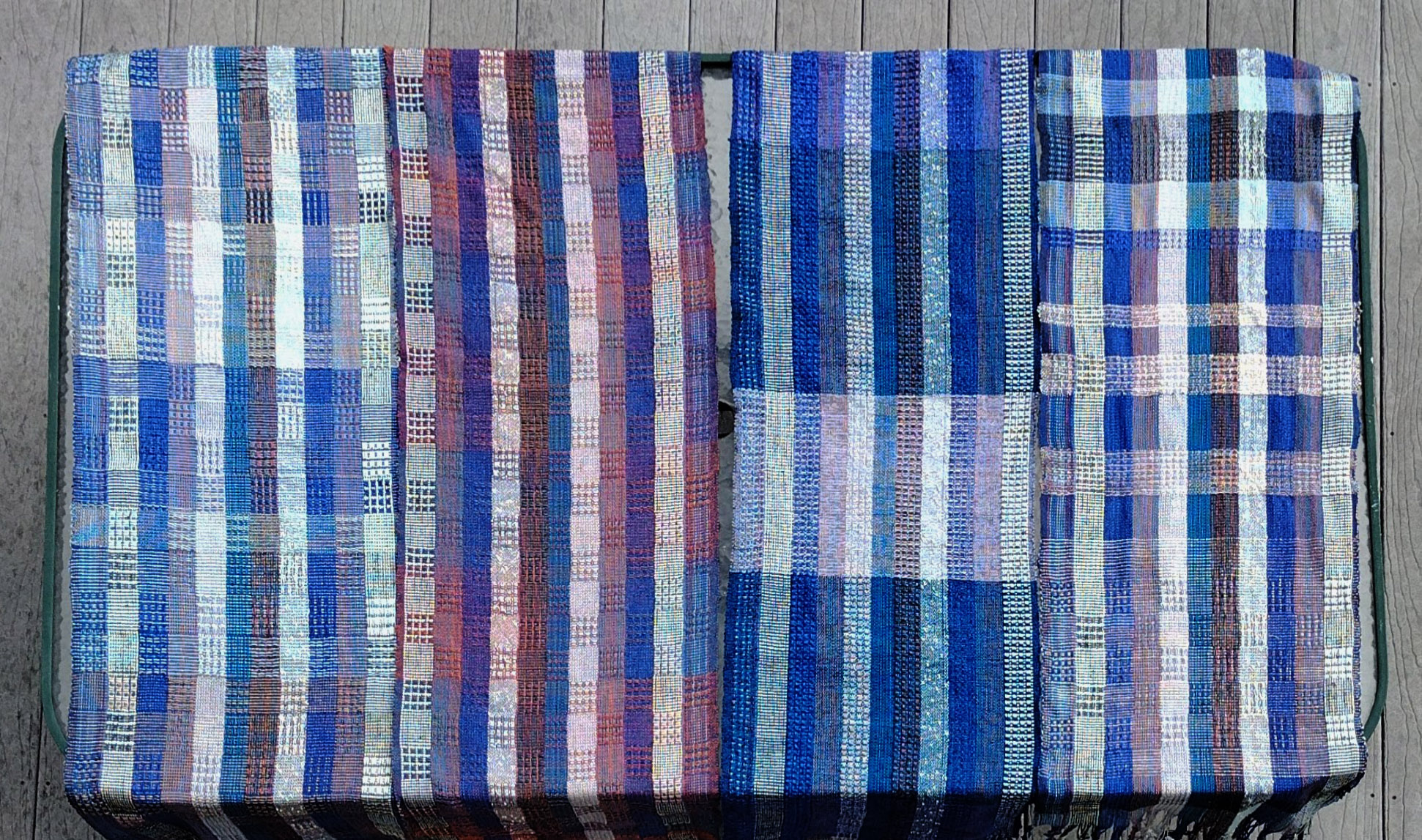A Trip to a Research Station
Usually when I am out in nature, I am at a park or a beach, or even my own yard. But this past weekend I was able to go to a real research station. The Native Plant Society of Texas sponsored a field trip to the Center for Biological Field Studies, which is run by Sam Houston State University.
This Center is on about 250 acres, with a big sandy creek running through it.
The land has been used for many things, including raising cotton and cattle. But what makes it unique is that back in the 1930s, it was set up as a fish hatchery, with 39 different ponds, separated by tall berms. In 1986, the main dam failed, and the hatchery was closed. The ponds were abandoned to nature, and they have all regenerated in different ways. Some hold water year round, and have attracted beavers, river otters, and birds such as Roseate Spoonbills and Wood Storks.
Some of the old pond areas never held water again, and as the years went by, filled up with the loblolly pine trees and sweet gums of the surrounding Piney Woods area. Walking among these dense growths of tall trees, you would never realize that this place was clear cut between 1900 and 1940, and remained full of standing water until 1986.
Others of the ponds also initially filled up with trees, then flooded again, killing all the trees, and leaving giant dead trunks that the woodpeckers love, surrounded by stagnant water full of duckweed and dragonflies.
A few of the ponds look like they are on their way to becoming pocket prairies — the Blackland Prairie eco-region is only 10 miles away.
And since the area of all of these ponds is only 37.5 acres, you can easily wander between the different micro-ecosystems. It is really ideal as a field study area.
The current director has been there for five years, and one of his projects is cataloguing all the plant species. He says he has found 300 already, and while we were out on our walk, he noticed one he had not seen before. It was a spectacular plant, shrubby with very large leaves and drooping daisy-type heads.
When I see a species that is new to me, I remember it better if I give it my own name. I would call this plant Huge Leaved Droopy Daisy, but surprisingly, that wasn’t enough to help me find it in my wildflower guide books or online.
I tried starting from scratch at the Lady Bird Johnson Wildflower Center site, but I didn’t even know what family this plant would be in, and you pretty much have to know either a common name or a family, to start searching at that site. The big lobed leaves reminded me of okra plants, and that would have put this in the mallow family, or Malvaceae, but I went through all of them and couldn’t find a likeness.
The site that helped me find it was in the identification guide at DiscoverLife.org. I know there are websites where you can just post a picture and an expert will tell you what the species is, but I like to learn a little something while I am looking, instead of just depending on an expert. At the other end of the spectrum are the dichotomous keys that help you narrow in on a species, but I don’t know a lot of specialized vocabulary, so I have a hard time with those. DiscoverLife strikes a nice balance, because it has interactive keys, and you don’t have to pick a characteristic in every single category, you can select just some of the possibilities.
For wildflowers, DiscoverLife has nine sections, things like “main color” and “leaf shape”, and I only knew answers in six of those sections. That was enough to give me 37 choices (out of the possible 1331 wildflowers in Texas) and then I just browsed through those to find my plant. Once I had a name, I went back and checked with other websites to verify. and I think it is Hairy Leafcup, which is in the sunflower family.
To identify the little Gulf Coast Woodhouse’s toadlet above, thank goodness I showed the pictures to the director and asked him, because I would have thought this was a frog. Gulf Coast Toads are very common around here — but they are that gray-brown color all over, I have never seen one with the solid reddish-brown back before. I would have been looking in all my herp books for hours and I would not have ever figured out what this creature was. [Note from Oct. 5, 2018 — the director corrected his initial identification, which was based on a quick glance. I have explained more about this toad here.]
It was a wonderful day, and I learned a lot!














I’m so envious! If I’d known about this, I would have enjoyed it. How did you hear about it? I’m a member of NPSoT, but never saw any publicity for the field trip. Clearly, I’m out of the loop somehow!
By the way — you may already have heard of or purchased Michael Eason’s Wildflowers of Texas. It’s one of the most useful field guides/identification resources I’ve found. I’ve already been able to identify several flowers that had remained mysteries for quite some time!
It was the first field trip run by the Huntsville chapter. They invited the local Texas Master Naturalist chapter along.
The research station welcomes visitors and even has camping sites. Earlier in the week there was a herp walk, and the day after, a mushroom walk. So you can go, even just on your own. They just ask that you let them know you’re there so they can keep track of guests for safety reasons.
Oh, that’s wonderful. I’ve been thinking that I needed to go north and east now and then, rather than south and west, and your photos and description convinced me. It sounds like a wonderful time.
Looks like a lovely site, it’s amazing how quickly nature reclaims land.
You must’ve been in HEAVEN at this place, Gwen! It really does look so fascinating!
It was hot and humid, but otherwise, very heavenly! 🙂
Very nice. I found out about a new webcam on the Mississippi River Flyway north of La Crosse WI. https://www.raptorresource.org/birdcams/upper-mississippi-onalaska-cam/
Image quality will be much better after daylight breaks.
It’s very cool. I can see what will be coming my way soon. 🙂
I had to toggle Restricted View to off to see it though. I wonder what they think is something for mature audiences only.
I have included your blog in INTERESTING BLOGS in FRIDAY FOSSICKING at
https://thatmomentintime-crissouli.blogspot.com/2018/09/friday-fossicking-21st-sept-2018.html
Thank you, Chris
Couldn’t resist… I hope many more of my readers visit this blog as well..
Pingback: Toad Update Solves an ID Mystery | Little Wild Streak
Great job on the plant ID. It is indeed Smallanthus uvedalius, Hairy Leafcup, https://www.wildflower.org/plants/result.php?id_plant=SMUV. Love your site!
Thank you! I need to get out, get more pictures, and post more often. 🙂
Pingback: Nature Photo Challenge: Ferns | Little Wild Streak